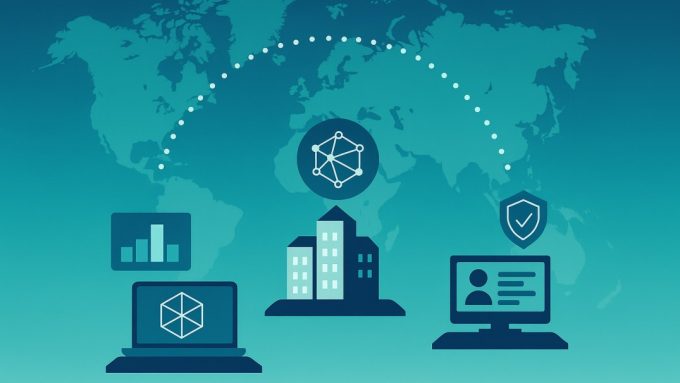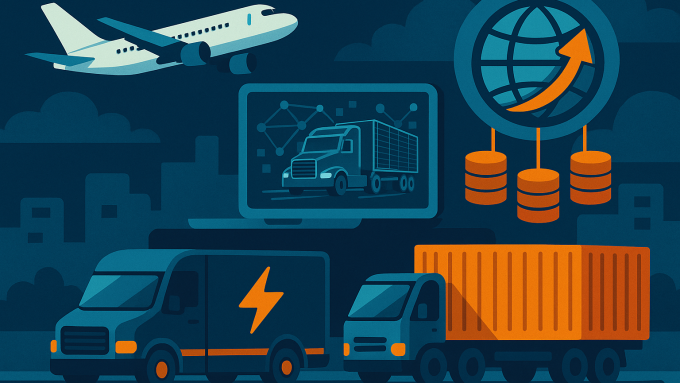A lot of the early thinking on digital twins has been led by manufacturers. So, what do digital twins mean to them and what insights could this provide for the built environment?
This blog is the second in series that looks at what we can learn from the development of digital twins in other sectors. It draws on key findings from a report by the High Value Manufacturing Catapult. This includes industry perspectives on:
- The definition of digital twins
- Key components of digital twins
- Types of twin and related high-level applications and value
The report “Feasibility of an immersive digital twin: The definition of a digital twin and discussions around the benefit of immersion” looks partly at the potential for the use of immersive environments. But, in the main, it asks a range of questions about digital twins that should be of interest to this community. The findings in the report were based on an industry workshop and an online survey with around 150 respondents.
We’ve already seen that there are many views on what does or does not constitute a digital twin. Several options were given in the survey, and the most popular definition, resonating with 90% of respondents was:
A virtual replica of the physical asset which can be used to monitor and evaluate its performance
When it comes to key components of digital twins, the report suggests that these should include:
- A model of the physical object or system, which provides context
- Connectivity between digital and physical assets, which transmits data in at least one direction
- The ability to monitor the physical system in real time.
By contrast, in the built environment, digital twins may not always need to be “real-time”. However, looking at the overall document, the position appears to be more nuanced and dependent on the type of application. In which case, “real-time” could be interpreted as “right-time” or “timely”.
In addition, analytics, control and simulation are seen as optional or value-added components. Interestingly, 3D representations are seen by many as “nice to have” – though this will vary according to the type of application.
In a similar fashion to some of our discussions with DT Hub members, the report looks at several types of digital twin (it is difficult to think of all twins as being the same!). The types relate to the level of interactivity, control and prediction:
- Supervisory or observational twins that have a monitoring role, receiving and analysing data but that may not have direct feedback to the physical asset or system
- Interactive digital twins that provide a degree of control over the physical things themselves
- Predictive digital twins that use simulations along with data from the physical objects or systems, as well as wider contextual data, to predict performance and optimise operations (e.g. to increase output from a wind farm by optimising the pitch of the blades).
These types of twin are presented as representing increasing levels of richness or complexity: interactive twins include all the elements of supervisory twins; and predictive twins incorporate the capabilities of all three types.
Not surprisingly, the range of feasible applications relates to the type of twin. Supervisory twins can be used to monitor processes and inform non-automated decisions. Interactive twins enable control, which can be remote from the shop-floor or facility. Whereas, predictive twins support predictive maintenance approaches, and can help reduce down-time and improve productivity. More sophisticated twins – and potentially combining data across twins – can provide insight into rapid introduction (and I could imagine customisation) of products or supply chains.
Another way of looking at this is to think about which existing processes or business systems could be replaced or complemented by digital twins. This has also come up in some of our discussions with DT Hub members and other built environment stakeholders – in the sense that investments in digital twins should either improve a specific business process/system or mean that that it is no longer needed (otherwise DT investments could just mean extra costs). From the survey:
- Over 80% of respondents felt that digital twins could complement or replace systems for monitoring or prediction (either simple models or discrete event simulation)
- Around two-thirds felt the same for aspects related to analysis and control (trend analysis, remote interaction and prescriptive maintenance) with over half seeing a similar opportunity for next generation product design
- While remote monitoring and quality were seen as the areas with greatest potential value.
Cost reduction in operations and New Product Development (NPD) also feature as areas of value generation, as well as costs related to warranty and servicing. The latter reflects increasing servitisation in manufacturing. This could also become more important in the built environment, with growing interest in gain-share type arrangements through asset lifecycles as well as increasing use of components that have been manufactured off-site.
It would be great if you would like to share your views on any of the points raised above. For example, do you think built environment twins need the same or different components to those described above? And can digital twins for applications like remote monitoring and quality management also deliver significant value in the built environment?
the_pathway_towards_an_imf.pdf DTHUb_NewbieGuide_May2020_(1).pdf HUB Version_DT Standards Roadmap_November 2020 (3).pdf


Leave a comment